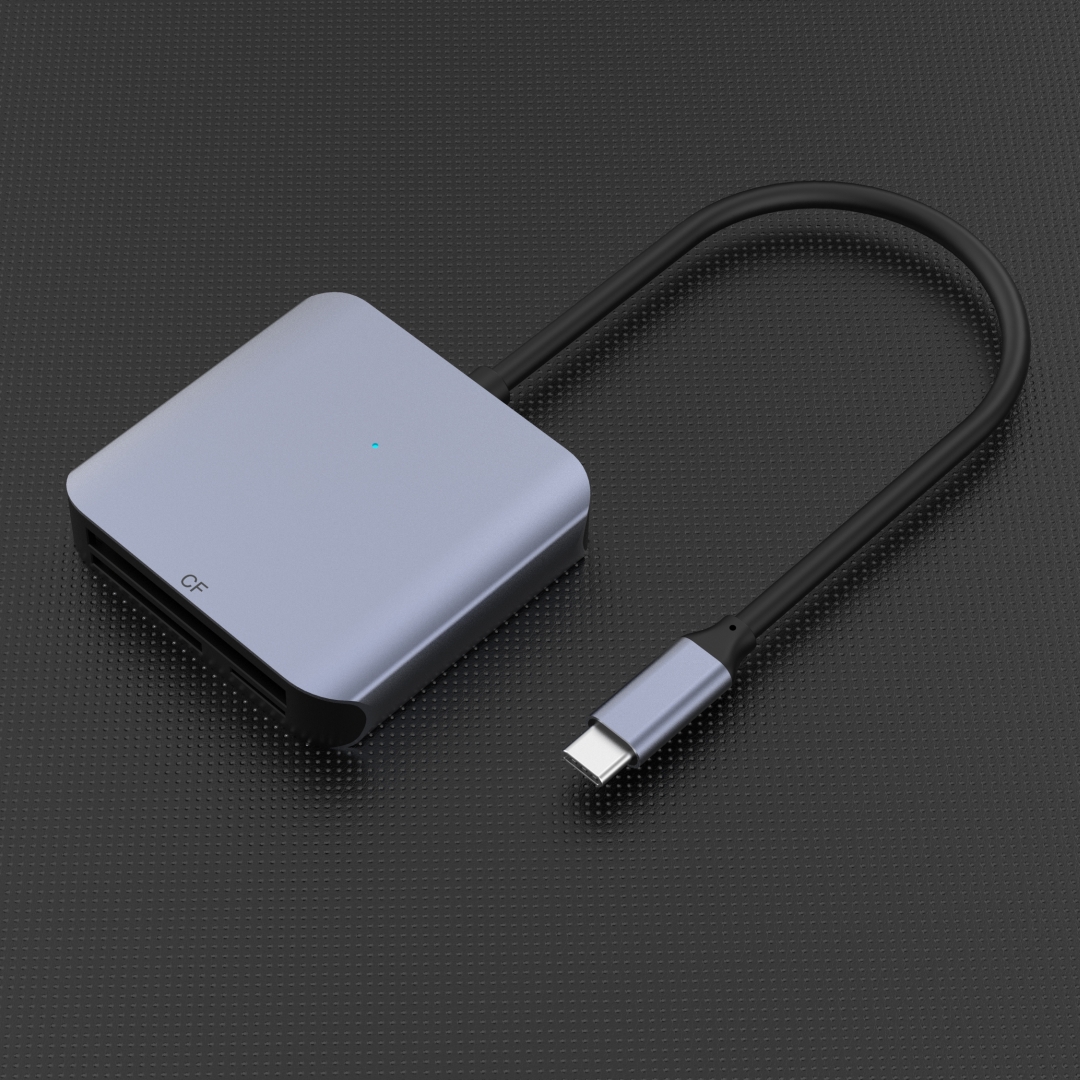Understanding the Key Aspects: Speed, Power, and Stability

In today's modern world, USB hubs have become an integral part of our everyday life. Whether it's connecting multiple peripherals to a computer or charging various devices simultaneously, USB hubs offer convenience and efficiency. However, understanding the performance parameters is crucial to ensure seamless data transfer, efficient power delivery, and overall stability. This article aims to explain the key aspects of speed, power, and stability in USB hubs.
1. Speed: Maximizing Data Transfer Efficiency
When it comes to USB hubs, speed is an essential factor to consider. The USB version, such as USB 2.0, USB 3.0, or the latest USB 3.1, determines the maximum data transfer rate. USB 2.0 supports up to 480 Mbps, USB 3.0 offers speeds up to 5 Gbps, and USB 3.1 allows for data transfer rates up to 10 Gbps. However, it is important to note that the actual transfer speed may vary depending on the connected devices and cables.
USB hubs also have different speed classes, such as low-speed (1.5 Mbps), full-speed (12 Mbps), and high-speed (480 Mbps). It is crucial to choose a USB hub that supports the desired speed class to meet your specific requirements, whether it's for gaming, multimedia editing, or simply transferring large files.
2. Power: Ensuring Reliable and Efficient Charging
Power delivery is another critical aspect to consider in USB hubs. USB hubs come with various power output options, ranging from 2.5W (0.5A) to 60W (12A) or even higher. The power output determines how quickly and efficiently devices connected to the USB hub can be charged.
Additionally, USB hubs may incorporate smart charging technology, such as USB power delivery (USB-PD), which negotiates optimal power delivery with connected devices. This ensures that the devices receive the appropriate power levels for faster charging while protecting them from overcharging or underpowering.
3. Stability: Reliable Connectivity for Seamless Performance
Stability plays a crucial role in the overall performance of USB hubs. It refers to the reliability and consistency of the connection between the USB hub and the connected devices. A stable connection ensures uninterrupted data transfer and power delivery.
Factors such as the quality of the USB hub, the USB cable used, and the compatibility between the connected devices and the USB hub can impact stability. It is recommended to choose USB hubs from reputable manufacturers and use high-quality USB cables to minimize stability issues.
Conclusion
In conclusion, understanding the performance parameters of USB hubs is essential for maximizing their functionality. Speed determines the data transfer efficiency, while power delivery ensures reliable and efficient charging. Stability is vital for seamless connectivity. By considering these aspects and selecting USB hubs that meet your specific requirements, you can ensure a smooth and hassle-free experience with your USB devices.



